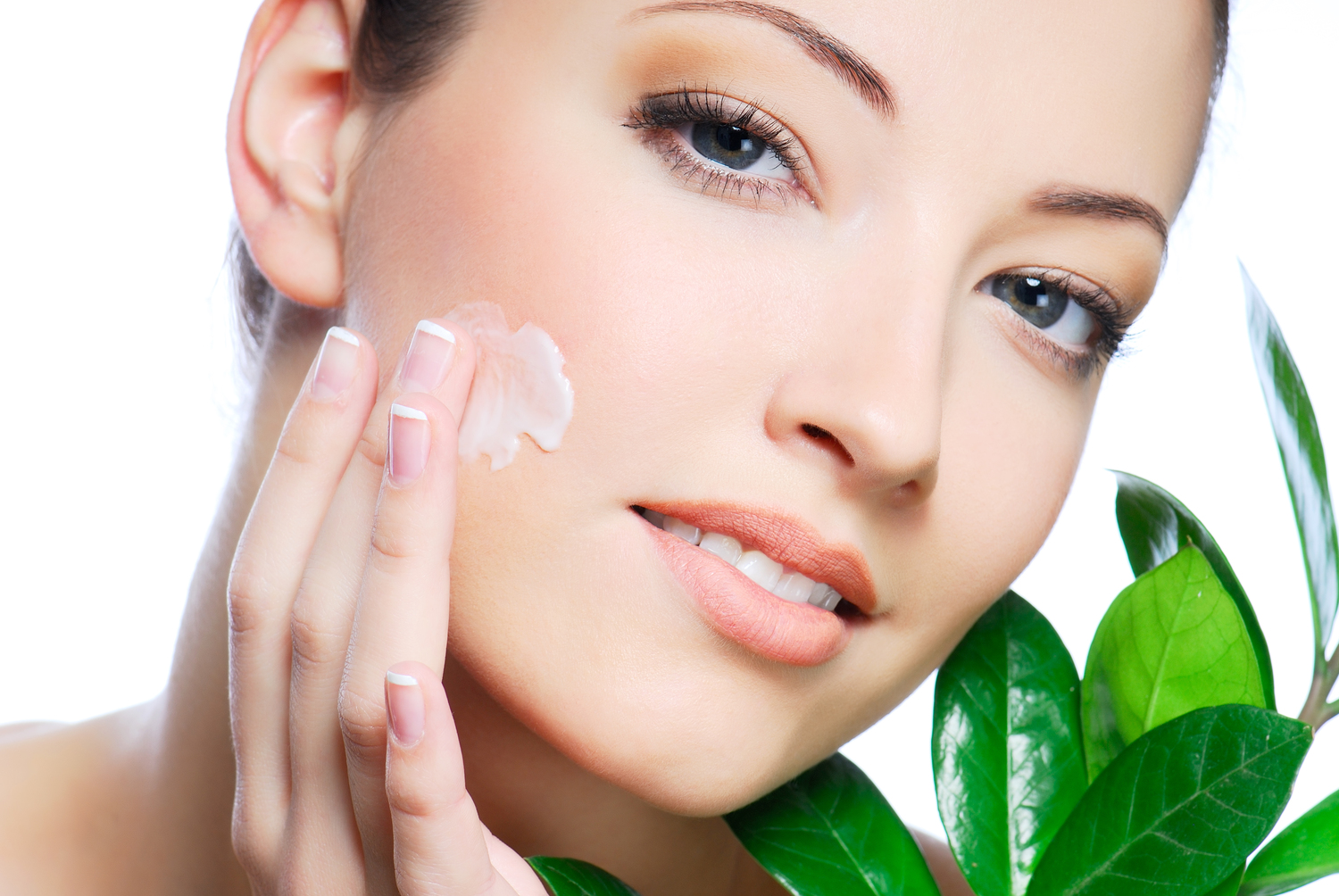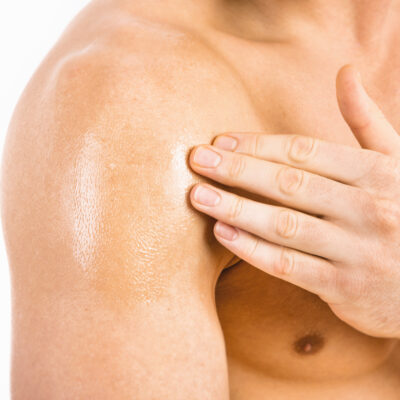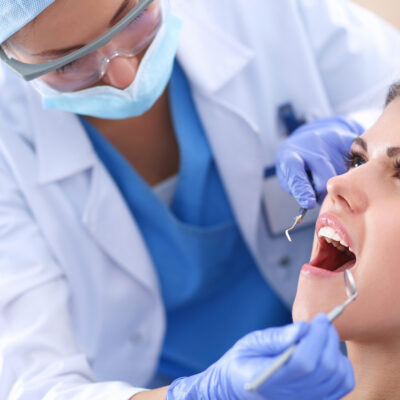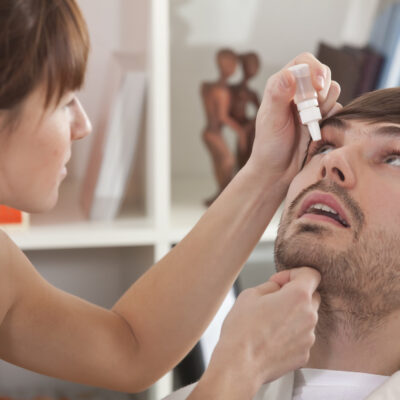
Symptoms and treatment of seborrheic dermatitis
Skin diseases nowadays can often be confused with normal changes that occur with every passing day. This confusion happens mainly because it has become extremely common now for people to be prone to conditions like having excessive dandruff, oily skin, damaged hair, acne etc. However, these conditions that are actually considered to be extremely normal can also be the starting points of quite a lot of skin diseases. Another aspect to be cautious about is that the symptoms of several skin diseases are difficult to notice, which can make it extremely difficult to identify a particular skin condition.
It becomes extremely difficult to control a particular disease or a condition at the starting stages as it is very unclear. Hence, one should seek medical help as soon as any symptoms start to show.
Seborrheic dermatitis is a skin condition that is commonly known as dandruff and cradle cap. Cradle cap is a condition that usually affects babies of under 3 months, and the condition shows the appearance of brown or yellow scales on the scalp. While these symptoms do disappear by the time they become one year old, they would most probably return when they attain puberty. The most common areas that this particular condition can affect individuals is in the middle area of the chest, on the skin folds present in between arms and legs, around the navel, on buttocks, below the breasts, and in the groin. Particular care has to be taken with this condition when it affects babies as this condition could very easily be mistaken for a diaper rash. In general, this condition produces itchy, red skin that might burn or turn into oily looking scales that flake in either white or yellow color. As this condition can very easily be confused with others, consulting the doctor is very important for treatment options.
In some cases, the condition gets cleared out by itself. And in most of the cases, it is a condition that lasts for years but can be controlled if proper care is taken. OTC shampoos with ingredients like ketoconazole, selenium sulfide, coal tar, salicylic acid, and zinc pyrithione can be used by adults facing this condition.
For infants, regular cleansing with warm water and baby shampoo should help. It is always advisable to consult the doctor before using any medications on the baby’s scalp. In addition to the medication, sunlight is considered to be effective in stopping the growth of yeast, which inflames the skin; hence, outdoor workouts and exercises can help in keeping the condition in control. However, make sure to always wear some sunscreen before going out.


